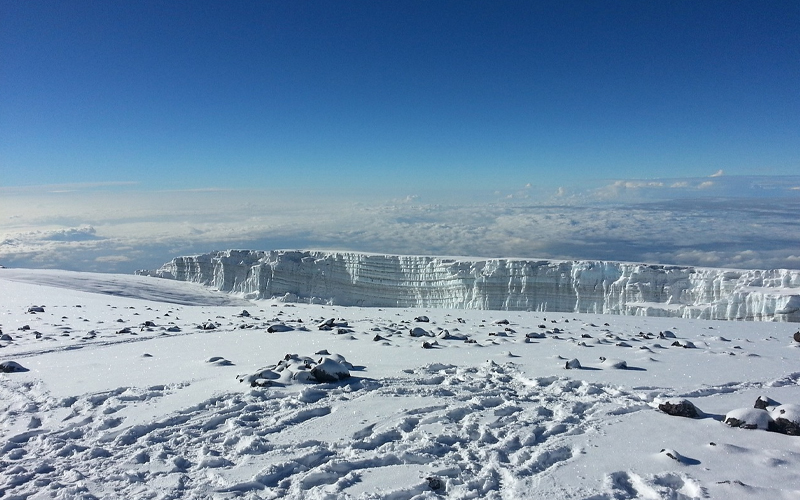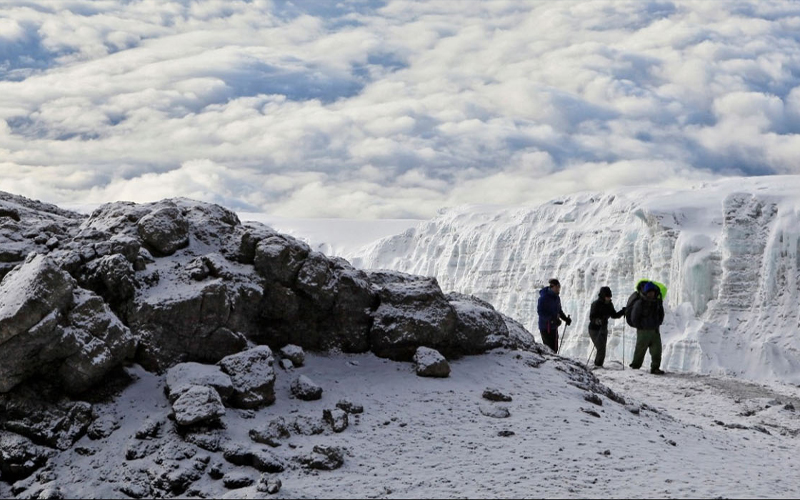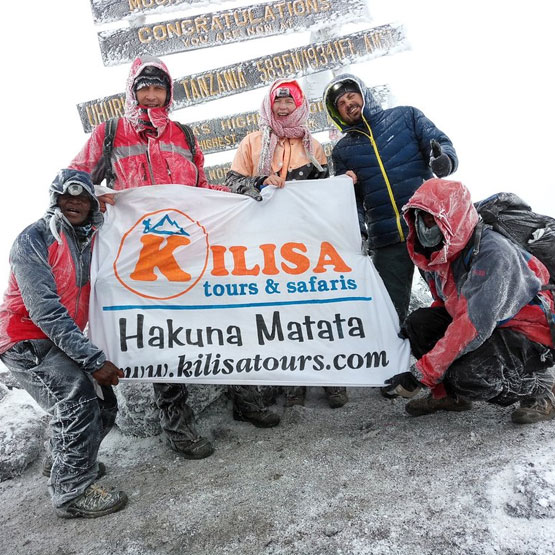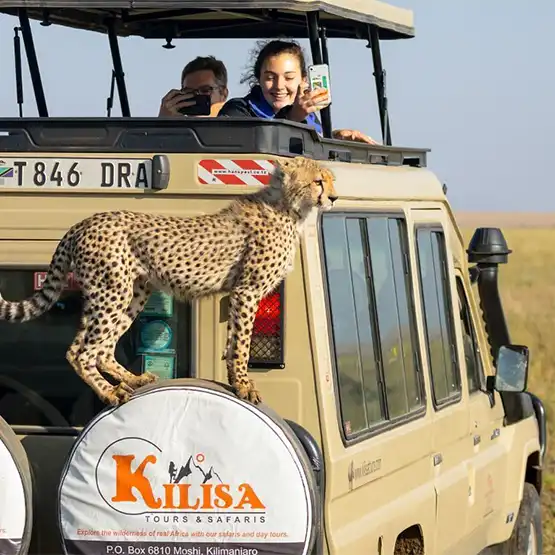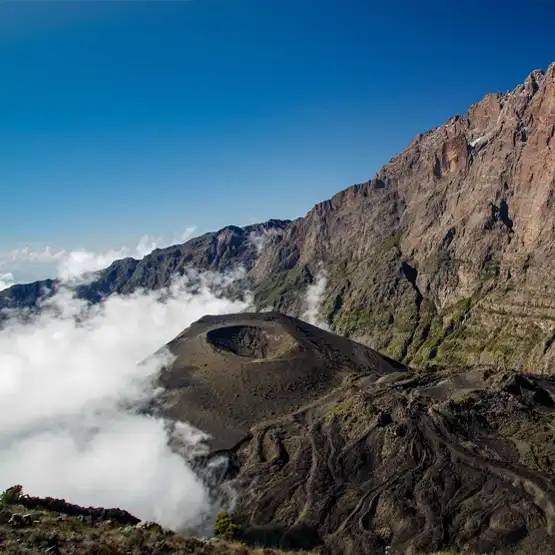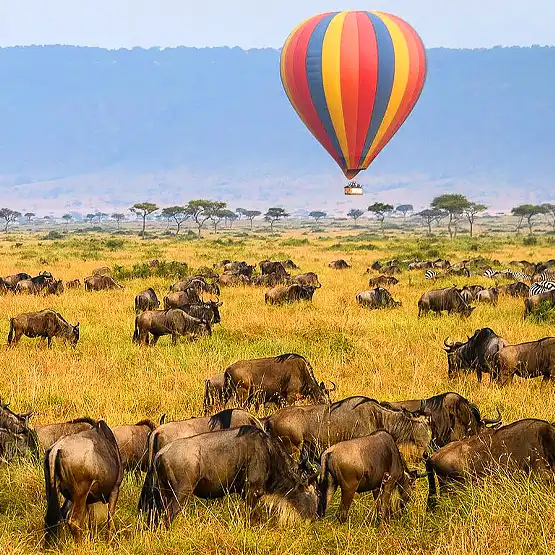Trekking Kilimanjaro New Year Resolution 2025
Standing tall at 5,895 meters (19,341 feet), Mount Kilimanjaro is not just Africa’s highest peak but also a symbol of adventure and resilience. For those seeking a life-changing experience, making Kilimanjaro your New Year resolution in 2025 could be the best decision yet. Let’s dive into why this trek deserves a spot on your bucket list.
What Makes Kilimanjaro Special
- Africa’s Tallest Mountain
Kilimanjaro’s majestic presence as part of the Seven Summits makes it a sought-after destination for adventurers worldwide. Unlike other peaks in this prestigious group, Kilimanjaro’s non-technical climbs make it accessible to both novice and seasoned trekkers.
- Diverse Ecosystems
From lush rainforests to barren alpine deserts and glittering glaciers, Kilimanjaro offers a kaleidoscope of ecosystems. Along the way, you’ll encounter unique flora, such as giant groundsels, and possibly spot wildlife like colobus monkeys and elands.
Why 2025 is the Best Year
- Renewed Focus on Sustainability
With increased emphasis on eco-conscious tourism, 2025 marks an exciting era for sustainable trekking. Kilimanjaro National Park has adopted new measures to preserve the mountain’s fragile ecosystems.
- Perfect Timing for Fitness Goals
Starting the year with a fitness-focused adventure sets the tone for a healthy lifestyle. Climbing Kilimanjaro requires physical preparation, making it an excellent motivation to stay fit.
- Enhanced Trekking Services
Operators in 2025 are offering improved services, from safety-focused guides to customized itineraries. Whether you’re a beginner or a pro, there’s a package to suit your needs.
Choosing the Right Route
- Overview of Kilimanjaro Routes
Kilimanjaro offers multiple routes, each with unique experiences. The Machame Route is scenic yet challenging, while the Marangu Route is more straightforward. For those seeking solitude, the Northern Circuit is ideal.
- Recommended Route for 2025
The Northern Circuit Route stands out for its exceptional acclimatization opportunities and breathtaking views. If time allows, it’s the ultimate way to experience the mountain.
Physical and Mental Benefits
- Boosting Physical Fitness
Climbing Kilimanjaro is a full-body workout. It improves endurance, builds muscle strength, and enhances cardiovascular health. Proper training is achievable for most fitness levels.
- Mental Growth and Confidence
The challenges of trekking at high altitudes foster resilience and self-discovery. Summiting Uhuru Peak becomes a powerful reminder of your inner strength.
Cultural and Community Connections
- Meeting the Chagga People
Trekking Kilimanjaro also offers cultural immersion. Interact with the Chagga people, whose rich traditions and warm hospitality add a personal touch to your journey.
- Supporting Local Economies
Every trekker contributes to the livelihoods of local guides, porters, and artisans. Responsible tourism ensures that your adventure directly benefits the community.
Preparing for the Adventure
- Essential Gear Checklist
Packing the right gear is crucial. From thermal clothing to sturdy hiking boots, being prepared ensures a comfortable trek. Don’t forget essentials like sunscreen and hydration packs.
- Training for Success
Trekking at high altitudes requires preparation. Include cardiovascular exercises, strength training, and practice hikes in your regimen.
What to Expect During the Trek
- Day-to-Day Experiences
Each day brings new landscapes and challenges. From the lush rainforest of the lower slopes to the stark beauty of the Arctic zone, the trek is a feast for the senses.
- Reaching Uhuru Peak
Summiting Uhuru Peak at dawn is the highlight of the trek. The breathtaking view of the African landscape below is a reward like no other.
Trekking Kilimanjaro in 2025 isn’t just a resolution; it’s a transformative journey that pushes your physical limits, nurtures your soul, and leaves lasting memories. Why wait? Start your preparations today and make the New Year unforgettable.
FAQs
- Why is Kilimanjaro a popular trekking destination?
Its accessibility, stunning landscapes, and status as Africa’s tallest mountain make it a bucket-list adventure. - What is the best route for beginners in 2025?
The Marangu Route is ideal for beginners, offering gradual ascents and comfortable accommodations. - How fit do I need to be to climb Kilimanjaro?
Moderate fitness is sufficient, but preparation through cardio and endurance training is recommended. - What are the costs involved in trekking Kilimanjaro?
Costs vary depending on the route and services but typically range from $1,500 to $4,000. - How does trekking Kilimanjaro benefit local communities?
It provides employment to guides, porters, and local businesses, directly supporting the region’s economy.
Uncover Tanzania’s Breathtaking National Parks!
Dive into our pages to learn more about:
- Serengeti National Park
- Arusha National Park
- Kilimanjaro National Park
- Ngorongoro Conservation Area
- Ruaha National Park
- Mkomazi National Park
Begin your exploration with us today!

